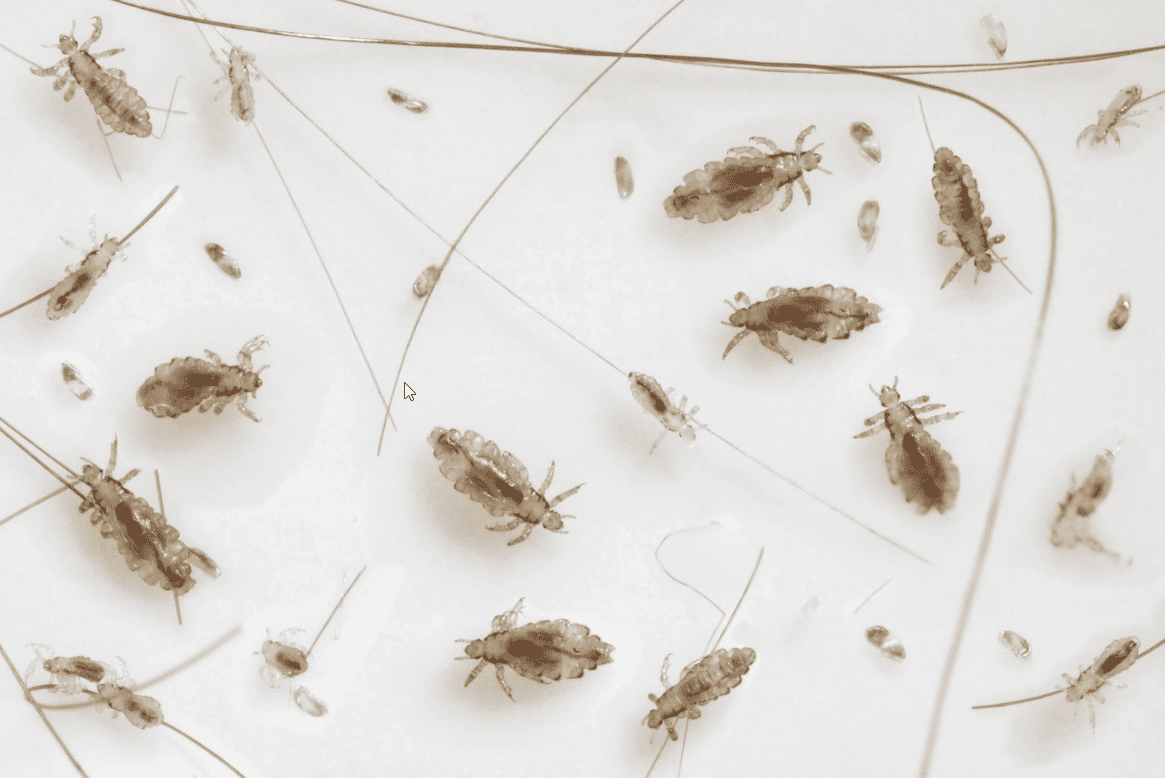Based on educational material about head lice awareness.
Understanding the basic facts about head lice helps reduce misinformation and supports safe, effective management. The following sections summarize key information about head lice, their behavior, and safe approaches to prevention and control.
General Information
- Head lice have existed since the beginning of recorded history.
- Head lice do not come from dirt, air, or spontaneous generation. They come from other head lice, as with every other species.
- Head lice spread through direct head-to-head contact with an infested person or through contact with that person’s belongings.
- Pets do not transmit head lice to humans, and humans do not transmit head lice to pets.
- Head lice can live off a human head for up to 48 hours and may live on the head for about 30 days.
Identification and Behavior
- Nits, or lice eggs, attach to one side of a hair shaft at an angle. Nits are usually white to light gray and do not come off easily. Tip: if it crumbles between your fingers, it is probably not a nit.
- A newly hatched louse needs a human blood meal within 45 minutes to survive.
- Head lice prefer clean, healthy hair.
- After possible exposure, check the scalp every few days for three to four weeks to ensure there is no infestation.
Chemical Treatments and Safety
- Pediculicides, which are shampoos and crème rinses used to treat head lice, are no longer considered completely effective.
- If a pediculicide does not work the first time, additional treatments are unlikely to be successful. Follow package directions carefully and do not exceed the recommended dose or leave the product on longer than directed.
- Avoid products containing Lindane, a neurotoxin banned in several countries and discouraged by consumer safety organizations.
- The Centers for Disease Control and Prevention recommends avoiding lice sprays because they can pose risks to small pets and children.
- Lice sprays often contain pyrethrin, which is no longer effective in eliminating head lice.
Non-Chemical Management
- Smothering head lice with olive oil is a possible non-pesticide treatment for lice resistant to pediculicides.
- Manual nitpicking is an important part of any lice management process.
- No comb alone can eliminate head lice.
Environmental and Preventive Measures
- Excessive cleaning of the home is unnecessary. A single cleaning is sufficient before focusing on treating the scalp.
- Notify schools, daycare centers, and parents of children who may have had close contact if lice are discovered.
- Head lice are not dangerous and can be eliminated through persistence and accurate information.
